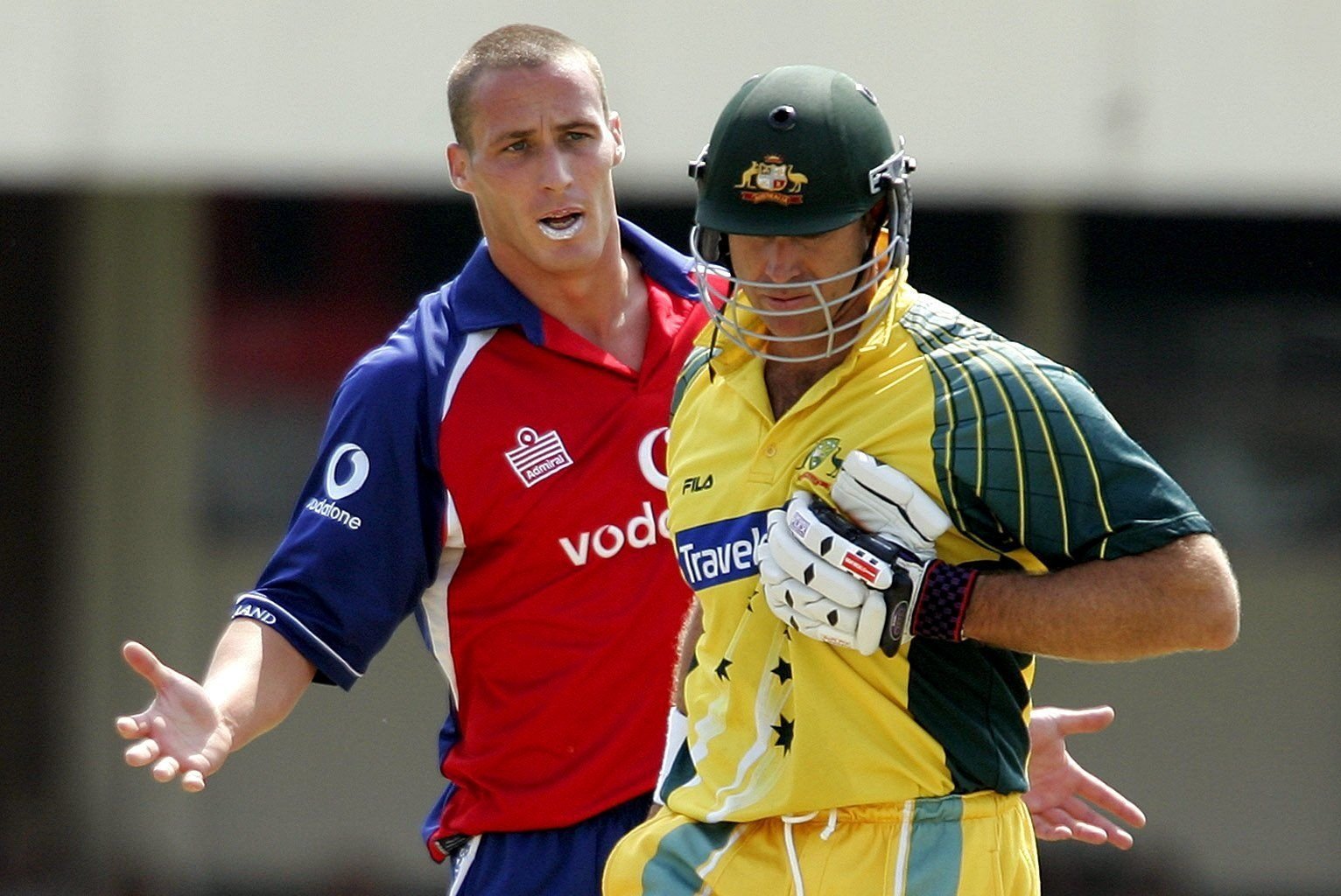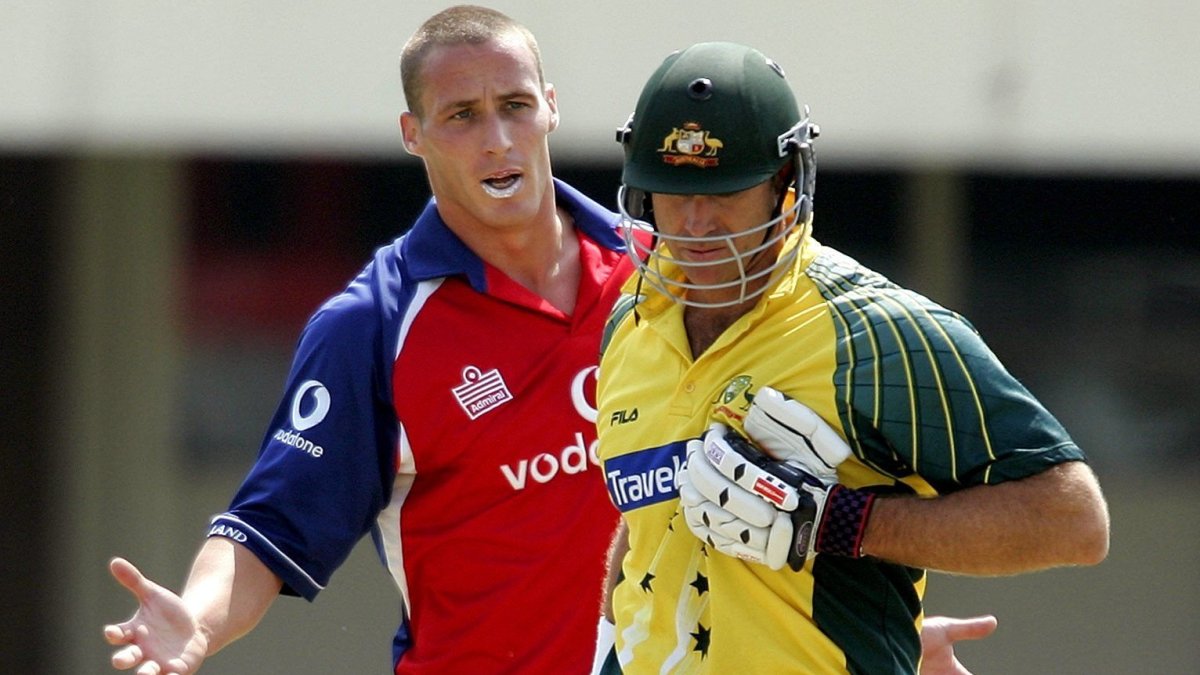When the first England coach to win the Ashes for a generation came to reflect on his team’s momentous triumph in 2005, the most significant moment, Duncan Fletcher recalled, came not during the series itself, but in the build-up. At Edgbaston, in fact, where England and Australia encountered each other in one of a number of ODIs that formed the backdrop to the Ashes.
In the match in question, a flashpoint occurred during Australia’s innings, when the fast bowler Simon Jones threw the ball back at Matthew Hayden, who took barrel-chested umbrage. Paul Collingwood was one of a number of England fielders who quickly encircled Hayden as a way of showing support for Jones. It was, Fletcher said later, “a seminal moment in the summer that was unfolding” — a sign to him that his team were ready to go toe-to-toe with Australia.
The most recent five-match series in England was criticised for being too condensed, a criticism wrapped up for many in dissatisfaction with the schedule. Last summer’s series against India, for example, was concluded in only 45 days; the Ashes in 2023 in 46. Most people imagine the Ashes in 2005 to have stretched throughout that golden summer, yet their memories probably deceive them: that series, which took place between July 21 and September 12, lasted only a week longer, 54 days all told.

The incident between Jones and Hayden at Edgbaston in 2005 added drama to the Ashes series that followed
DARREN STAPLES/REUTERS
The difference, and what allowed Fletcher to use that term “unfolding”, was the slow build-up of tension and drama as a result of the run of white-ball fixtures that preceded the Ashes. There was a late-career burst of energy from Darren Gough, in the first ever T20 international to be staged in the country. Kevin Pietersen gave further notice of his talent, with an unbeaten 91, in the opening ODI of the triangular series (which also included Bangladesh), where Steve Harmison also bowled quickly, discomfiting Australia’s batsmen, offering a clue as to what was to come. The final ended in a thrilling, if low-scoring, tie at Lord’s.
All the while the Ashes were ahead, with each white-ball game adding a layer of intrigue and anticipation for the main event. The prospect of the Ashes offered context and added interest to each ODI game too. Spectators and viewers got to know the Aussies a little better; England’s growing confidence was evident to all, and by the time the opening Test at Lord’s came around, the country was already at fever pitch.
Next winter, England will play a multi-format series against South Africa — Tests, ODIs and T20s — although such an arrangement is now a rarity. With England at present playing what feels like a random, can’t-wait-for-the-main-event-to-start, white-ball series against New Zealand, there is a tinge of regret of what might have been had the schedule included a one-day series against Australia as part of a precursor to the Ashes. Some build-up, in other words, rather than none at all.
Andrew Strauss’s idea, stillborn some years ago, based on the success of the Women’s Ashes, of multi-format series being the way to bring interest to other contests beyond those that easily sell out, had lots of merit, I thought. Instead, in the search for context and meaning, ICC events have grown in frequency and importance — a reason why one of the last recommendations of the now-defunct MCC World Cricket Committee was a culling of ODIs, except in the year building up to a World Cup.

Australia’s white-ball games against India come only 12 months after the two sides faced off in Tests
SAEED KHAN/AFP VIA GETTY IMAGES
That said, Cricket Australia announced this week that its second ODI against India — to be played at the Adelaide Oval on Thursday — is a sell-out, a fillip for a format that feels increasingly squeezed between franchise and T20 cricket on the one hand, ICC world events and Test cricket on the other. The sales and interest probably reflect more on the stature of the visiting side, with Virat Kohli and Rohit Sharma having returned to the ranks, than the buoyancy of the format itself.
India’s presence in Australia comes only 12 months after their exhilarating Border-Gavaskar Trophy series down under, which broke attendance records. Next summer India will tour England again, only a year after this summer’s humdinger of a Test series, playing five T20s and three ODIs. Splitting these tours off allows for a smoothing out of financial returns for the ECB in an even-numbered year, when there is no Test cricket against Australia or India to swell the coffers.
India have long been in high demand by everyone and they do their bit for cricket’s global economy, sending their teams around the world to help stabilise the game’s finances. In what increasingly feels like a two-speed world, England, Australia and India have played each other on 110 occasions in the past five years. That reflects both the strength of the interest and competition, and the diminution of the competitive balance elsewhere.
Charity’s anniversary shows cricket in its best light
There are, in life, dreamers, idealists and doers — and the vast majority of us who hover ignominiously somewhere in between. In 1999, three young students — Ed Williams, Chris Kangis and Andy Hobbs — had an idea, based in part on Michael Palin’s epic Pole to Pole journey, of travelling the length of the African continent and coaching cricket in townships, villages, communities and schools.
Six years after that initial spark, with careers well under way in the law and cricket development, they turned a whimsical idea into a commitment and set up the charity Cricket Without Boundaries. They then spent a year travelling through the African continent, coaching in seven countries, top to bottom.

Cricket Without Boundaries has used the sport as a foundation for improving lives in several countries, including Uganda
CRICKET WITHOUT BOUNDARIES
If the original idea was focused wholly on cricket, their experiences soon established that the boundaries had to be broader. Africa was in the grip of the HIV/Aids epidemic and in the year they travelled, for example, more than 50 per cent of deaths in Botswana resulted from it. So, through cricket, they expanded their coaching to include messages about safety, commitment and protection.
That has been the basis for the charity’s work, which is volunteer led, for the past two decades; using cricket as a foundation for improving lives in a variety of ways, whether around HIV awareness, health education more generally or, say, the reintegration of child soldiers into society. The first volunteer projects got under way in Kenya and Rwanda in 2007, and there have been more than 110 since, spread over 13 countries and four continents.

Atherton attends the dinner celebrating 20 years of Cricket Without Boundaries, hosted by Miles Jupp
TRACEY DAVIES PHOTOGRAPHY/CRICKET WITHOUT BOUNDARIES
The charity is small and not that well known, but it punches well above its weight and sits in a proud tradition — led by the Lord’s Taverners, MCC Foundation, Chance to Shine and others — that puts the game in its very best light.
At the Oval on Thursday, I attended a celebratory dinner, held to mark 20 years of the charity’s achievements. The band Keane, members of whom are childhood friends of one of the founders, gave up their time (and what would no doubt be a whacking fee were they to charge commercial rates) for free and were the undoubted highlight of an uplifting evening.
One of the three founders introduced the evening and found his voice cracking when he recounted the story of a young African girl whose engagement in the cricket sessions kept her alive long enough for anti-retroviral drugs to reach her. She is now training to be a nurse. One of many lives that Cricket Without Boundaries has touched.

